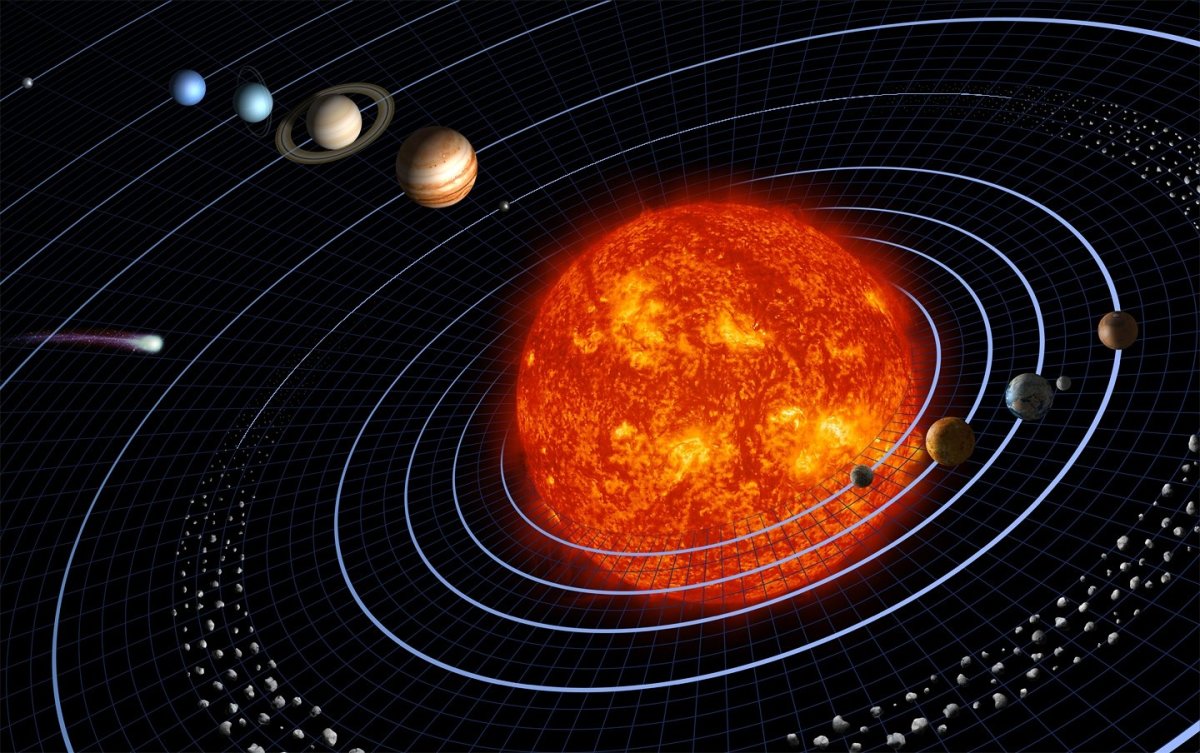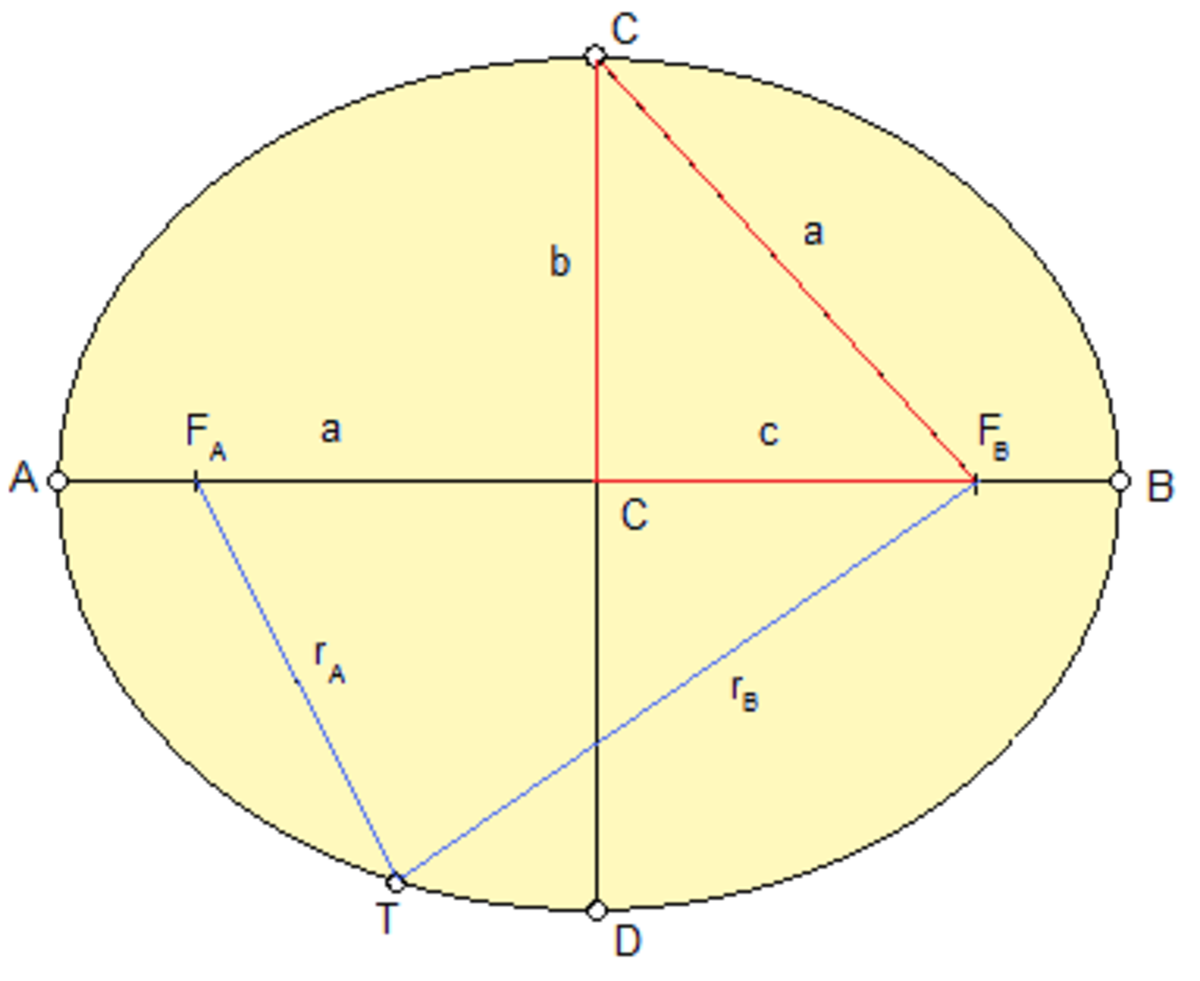4 Cool Solar System Bodies They Don't Teach You About
Intro
Okay, so I know I wasn't the only one upset about Pluto being demoted from a planet to a dwarf planet. I had spent a week of tireless days in elementary school (well, maybe two or three playful days) learning the planets of the Solar System. "My Very Elderly Mother Just Served Us Nine Pizzas." Without Pluto, my very elderly mother served us nine nothings.
Once I finally overcame the emotions associated with this demotion, I became curious whether there existed other objects besides Pluto in the Solar System that were glossed over even in the glory days of elementary education. To my surprise, there are quite a few.

Cool Object #1: Ceres
Generally, when one creates a category, one files a multiple number of things into that category. Such is the case with the scientific category of "dwarf planet." Pluto is not the only member of this category, and perhaps isn't even the most interesting.
Right now, there are five celestial objects officially classified as a dwarf planet, and four more are considered "nearly certain" to also be dwarf planets. More on that later.
In the classic game of "one of these things is not like the other", Ceres tends to stand out from the other dwarf planets. Tremendously.
For one, it was discovered in 1801, 45 years before freaking Neptune. Neptune, by the way, is on the order of 100,000 times bigger. All the other non-Pluto dwarf planets have been discovered since 2002.
Why was it discovered so early? Because it is the only dwarf planet located in between Mars and Jupiter, and early astronomers had a hunch that something had to be there (Hint: the asteroid belt). All the other dwarf planets are at some point during their orbit found past Neptune.
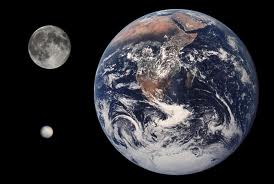
So, you might be thinking that it is simply an asteroid. And for awhile, that would have been the correct classification. However, it is the only object in that region to be completely round (hydrostatic equilibrium is the fancy term) and it accounts for 1/3 of all the mass in the asteroid belt. While that sounds big, it's only like 4% of our moon.
Also, it has the least eccentric (most circular) orbit of any dwarf planet, which makes it more like a planet.
So it's big, it's round, it orbits in a circle, and it's not past Neptune. Why isn't it a planet?
Well, the IAU (International Astronomical Union) has astronomically high standards for a planet (see what I did there?). When people began to fuss in 2006 that Ceres seemed a whole lot like a planet, the IAU defined what a planet was. The rule that kept Ceres out? An object must clear its orbit of other space objects. Ceres has not accomplished this because of a pesky thing known as the asteroid belt. Also, this stipulation ultimately was used against Pluto in 2008 because of other trans-Neptunian objects.
Perhaps the most interesting fact about Ceres is that it is one of the most underrated candidates for life in the Solar System. Ceres is described to be rocky and covered in ice. Oh yeah, and it has more fresh water than Earth does. Lastly, the surface temperature is estimated to be −36 °F which isn't incredibly low by bacteria standards.
Cool Object #2: Earth's Only Known Trojan
If one were to map all of the asteroids in our Solar System, it would look something like this:

The obvious color on this diagram is white. It shows the asteroid belt. After a quick attempt to locate Ceres (mine failed), we can move on to the rest of the diagram.
Now you might ask: What's up with those green clusters? If you saw the same diagrams of the Solar System that I did in school, those two clusters weren't anywhere on it.
Those are asteroids known as Trojans. Jupiter has 100,000 of them, Mars has three, and Neptune has at least eight. Some scientists predict that Neptune might have 1,000,000, but because they are only a few miles across each, they'd be hard to see from here. A quick congratulations to humanity because we predicted their existence as early as 1772, and they were visibly discovered soon after. By the way, the Trojans that Jupiter follows during its orbit all have Greek names. That's a great "I know something you don't know" fact if you ever need one.
So Jupiter rams into those things, right? On occasion?
Wrong. Trojans orbit an empty point in space, known as Lagrangian point. Unless you have taken upper level physics, it's unlikely for you to know what that is. Quick layman's explanation: When two bodies are not affected by friction (a.k.a. in space), and when they are massive (i.e. a planet and a sun), they have 5 places close to the planet's orbit that are very stable gravitationally. These places move as the planet moves.
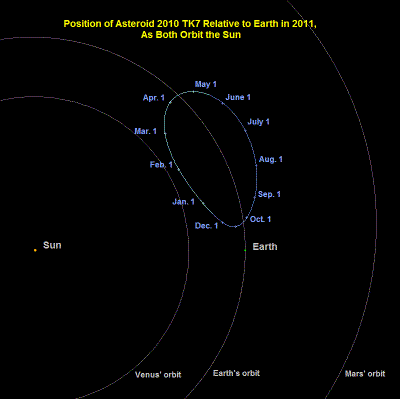
Earth has one lonely Trojan that we know about. It has the incredibly dull name of 2010 TK7. I think we should start a campaign to name it Cydro.
What's cool about it? Well, it's been traveling the same orbit as us for billions of years (hundreds of thousands of miles in front us). There's that. And also it is probably rich in precious minerals. That's pretty cool. Lastly, if it had a normal Trojan orbit, it would be easier to reach (in terms of rocket fuel usage) than the moon. But Cydro, you say, it is hundreds of times farther than the moon. Well, you see, using our understanding of gravity, we can pretty much boost ourselves there with very little energy. The problem with our lonely Trojan is that it orbits the Lagrangian point fairly wildly by orbital standards. It'd be hard to dock with.
Cool Object #3: Retrograde Asteroids
In case you were unaware, our 8 planets orbit in the same direction. Only Venus rotates (not orbits) the opposite directon, but that isn't all that rare. In fact, Pluto rotates in the same direction as Venus. Oh and then there's Uranus, which rotates vertically. Anywho, the planets all orbit in the same direction.
More than 540,000 "minor planets" (dwarf planets, asteroids, trojans, centaurs, Kuiper belt objects, and other trans-Neptunian objects) orbit the Sun in the same direction as the planets do. This happens to be the same direction as the Sun rotates.
It didn't take scientists long to notice a trend.
There are, however, objects that have orbits in the opposite direction. They are extremely rare (not including comets). How rare? 36 (about .0067% of all "minor planets") are known to do this. Also, none of these are located within the asteroid belt.
Also, we found an exoplanet that does this as well.
Want to know why they do this? So do scientists.
The prevailing theory is that they are burnt out comets. Cydro like to think that they are just Solar System hipsters, refusing to conform.

Last but Not Least Our #4 Cool Object Category, the other Dwarf Planets
Did you know there was a dwarf planet called Makemake? Here are brief introductions (and interesting facts about) the other dwarf planets.
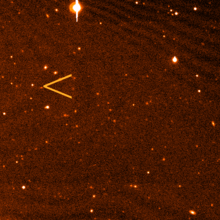
Eris
- Larger than Pluto
- Farthest from the Sun of any dwarf planet (by a significant margin) at 96.6 AU. This is known as the "scattered disk" region.
- In 800 years however it will be closer than Pluto
- Originally thought to be the 10th planet
- Has an ity bity moon called Dysnomia that happens to be about the size of Earth's trojan (conspiracy?)
- 557 year orbit. This means it was in the same place that it is now in the 1450's (during Christopher Columbus's childhood).

Haumea
- Extremely rapid rotation (a 3.9 hour day). Thought to be a result of a significant collision.
- Enough gravity to be round, butttt it is an ellipsoid (we think; has not been observed in a very direct manner, but light emission suggests that).
- Bright as snow. Suggests crystalline ice.
- Other scientific considerations such as cosmic rays and temperature argue against crystalline ice.
- The two moons are (right now) on the same orbital plane as Earth (conspiracy?)
- Probably an alien spacecraft. [citation needed]
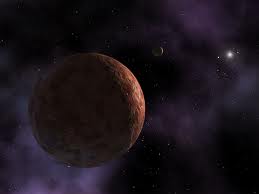
Makemake
- Coolest name, by far
- Only other trans-Neptunian object that was bright enough for the guy who found Pluto (Clyde Tombaugh) could have seen in 1930. It was at that point in line with the Milky Way (a.k.a. billions of stars), and the orbit isn't in plane with the planets very much, so we'll let Clyde go on this one.
- Surface is totally flammable at Earth's temperatures (consisting of methane and ethane). Its temperature is actually 30-35 Kelvin (-402 Fahrenheit, kind of close to absolute zero), so setting fire to it is probably not worth trying. Would be kind of cool though.
- 310 year orbit. Last time it was where it is now, King Louis XIV was about to die.
Closing comments
I'll be sure to add more dwarf planets as they begin to be confirmed. Some candidates are rather interesting, like Orcus, the anti-Pluto.
You might have noticed that I didn't include Pluto on this list. This is under the assumption that if you are reading this article, you were taught about Pluto in school. Soon I will probably have to edit this article to also describe Pluto.
I find these space things to be interesting, and I will soon write about a few more topics dealing with such matters. Stay tuned if you liked this one.



